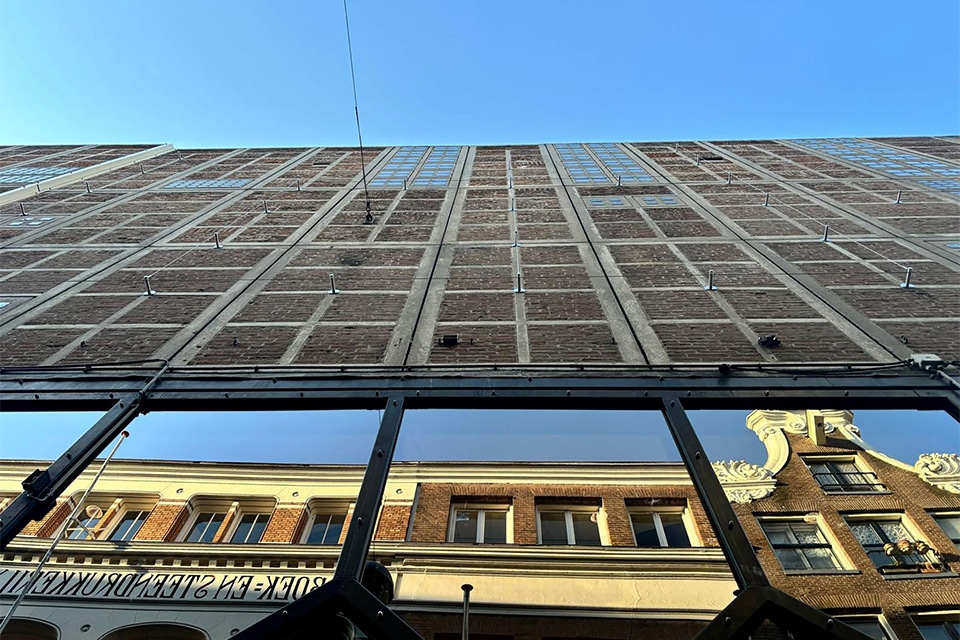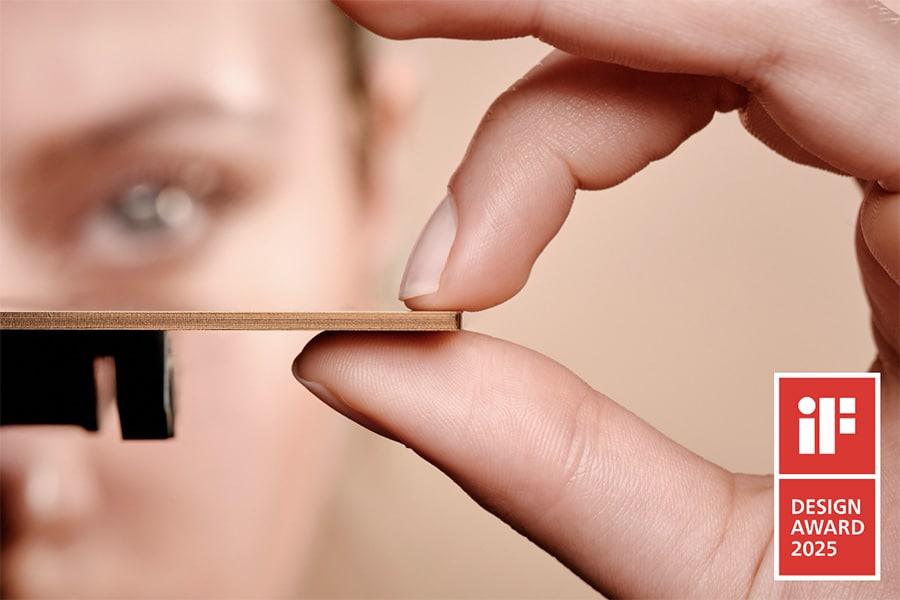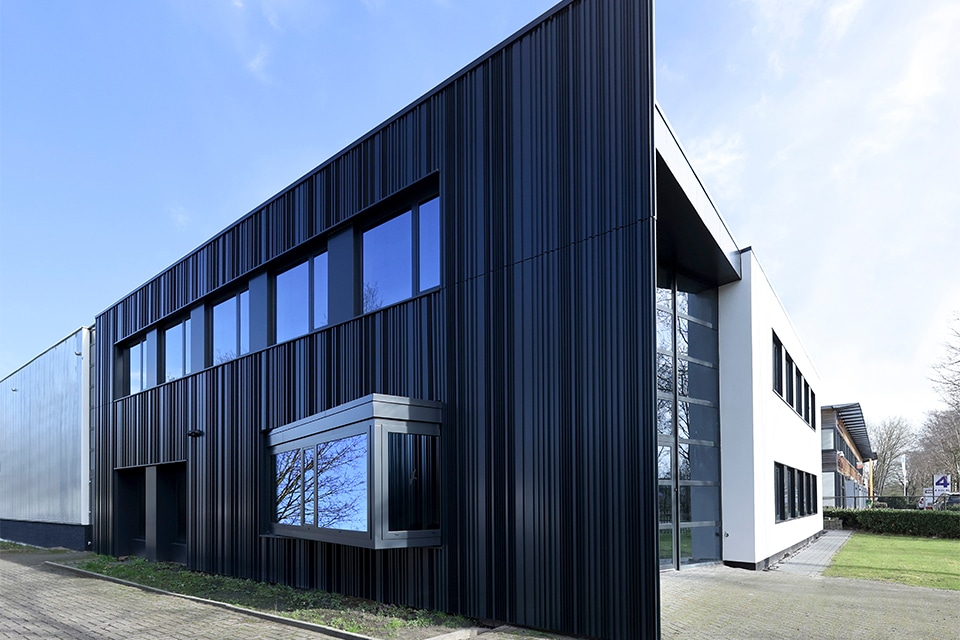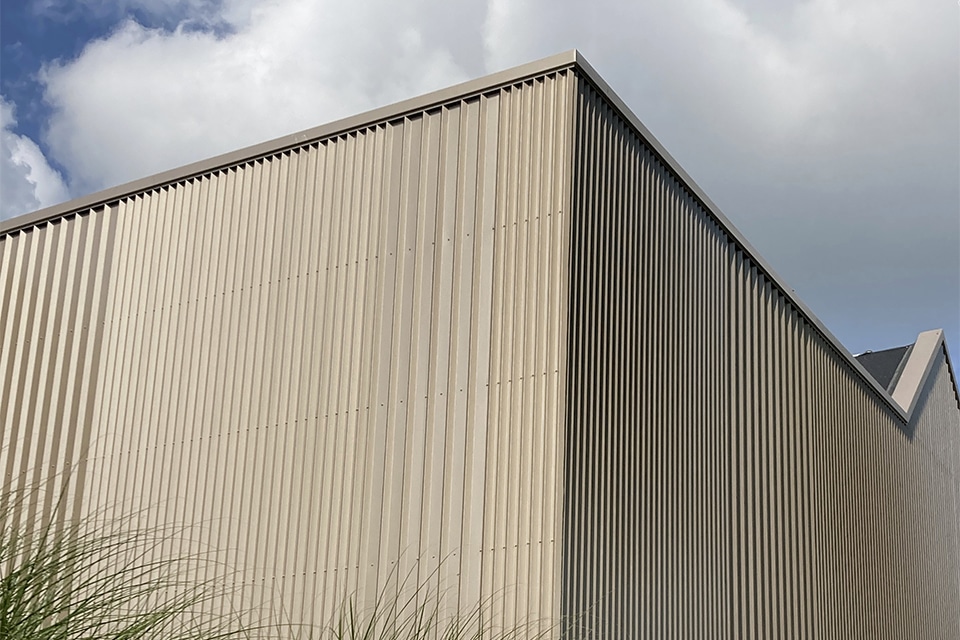
What does the "architect" of the future look like?
Does conservatism win or does victory go to progressive entrepreneurial thinking?
It is evident that the young guard of architects, eager to take over the baton, will do things substantially differently. The reason? Technological, social, societal, ethical, ecological and economic developments are irreversible and more dynamic than ever. The traditional thinking of the experienced generation will have to give way, it seems. Or will it? Is conservatism winning out in architecture or is it, for the benefit of our future, much more about progressive entrepreneurial thinking?
This article passes along five reasons why the belief is that traditional thinking - especially within the guard of the somewhat older generation of architects - will eventually lose out. Disagree? Let us know in a comment or write an opinion piece for the next edition of Archicomm!
1. VR, AR and AI
A major trend in the future of architecture is the integration of digital technologies. Virtual Reality, Augmented Reality as well as Artificial Intelligence will enable architects to visualize and present their designs to clients in a more immersive way. The positive result? Better decisions are made and design errors are detected and solved earlier.
2. IM
No architect will deny the power of Building Information Modeling, but the revolution is proliferating. For, it is becoming increasingly "easier" to create complex 3D models of buildings in which all aspects of design, i.e., from structure to installations, and everything in between, come together completely and are integrated 100%. Therefore, the architect becomes a holist. Above all, there is a tremendous side benefit: architects, engineers, builders and other stakeholders will be involved in the entire life cycle of an object. After completion, the responsibility remains.
3. Sustainability and climate
The demand for solutions to the ecological challenges we face is also not an unknown phenomenon anno 2023. But the use of green materials, the implementation of energy-efficient systems and the integration of renewable energy sources, such as solar panels and geothermal systems, will have to be even more integrated. More knowledge is expected from the architect and much more willingness to get expertise from elsewhere in the chain. (Networking will be an essential competence for the architect of the future.
4. Modular and prefabricated
Apart from the current nitrogen issues and the fact that construction in the Netherlands is virtually at a standstill as a result, there will in any case be a need for (even) faster production and completion of projects. Shorter construction times produce cost savings. In addition, structural waste reduction will be sought. So: there will be more than ever a need for modular and prefabricated construction. This requires - it will not surprise you - a different perspective of thinking for the architect. Especially for the architect who still thinks a bit more traditionally than the younger generation.
5. Internet of Things
The role of the architect will also inevitably expand to the design of smart cities and communities. With the rise of the Internet of Things, buildings as well as infrastructure will be inextricably connected, allowing data to be collected and analyzed to enhance the livability of those communities. Architects have a major role to play here: much more than in the past, they will have to collaborate not only with, for example, planners but also with techies of all calibers in order to actually arrive at those desired integrated solutions in the end.
In short... The world expects from the "architect of the future" a structural form of entrepreneurial thinking. More than ever. We said it at the beginning of this article: technological, social, societal, ethical, ecological and economic developments have more momentum than ever. And, they are irreversible. For an architect to continue to successfully fulfill his role within these dynamics of the future, conservatism will have to be said goodbye for good.




